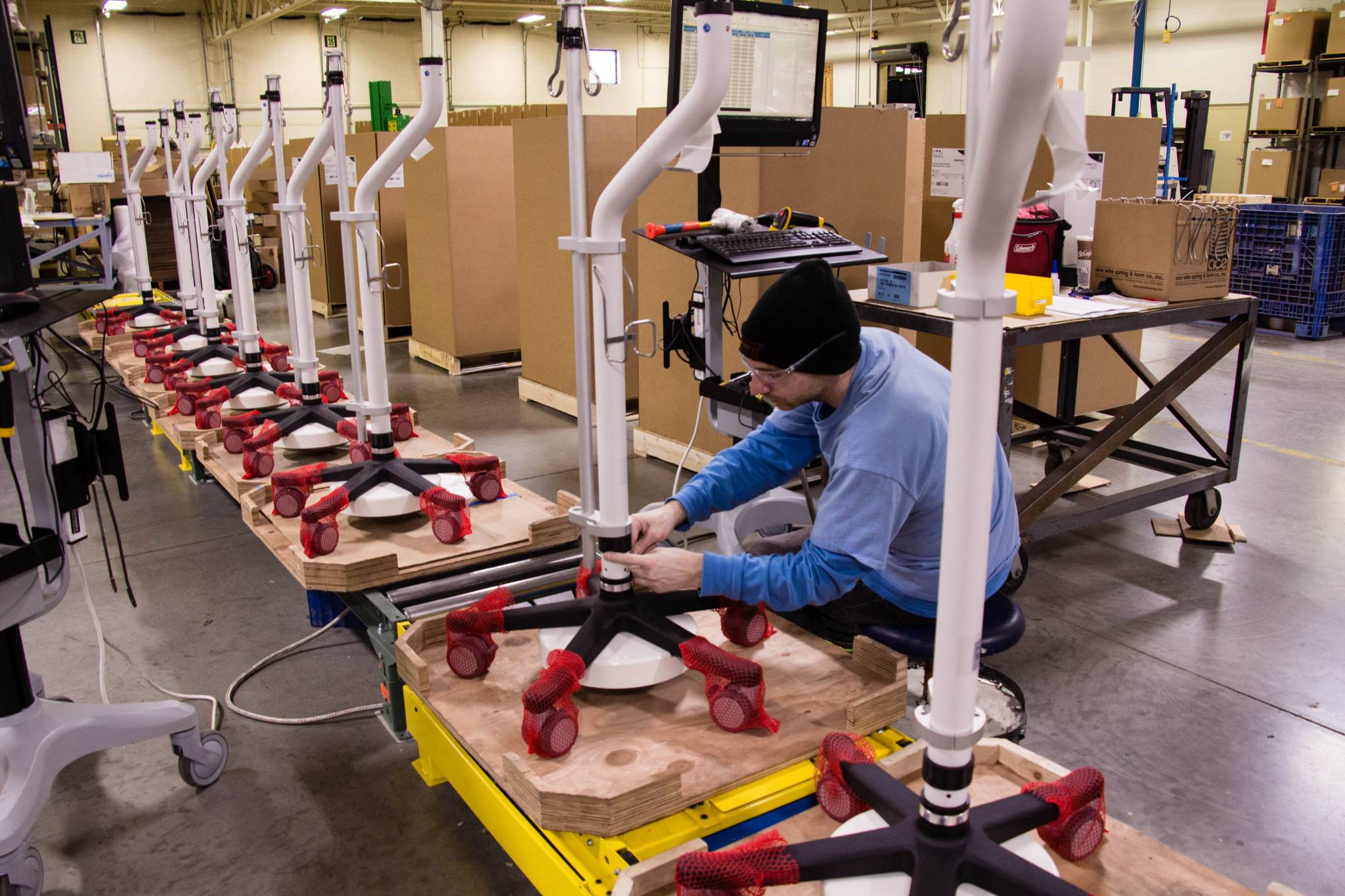Medical device commercialization is changing along with the rest of the healthcare world. Legacy processes no longer meet market demand. That’s why MPE Inc. has developed a vertically-integrated pathway to take your capital equipment from prototype to successful market launch faster.
What we do.
MPE Inc. provides a commercialization platform that ensures your medical device or capital medical equipment’s path to market is streamlined, efficient, and, most of all — predictable.
Led by our control planes and with decades of experience in mid-volume device and equipment development, our expertise enables us to differentiate and de-risk your product life-cycle. To suit your specific needs, we can take on all or part of your project from ideation to launch.
Ready your medical device for a successful transfer to manufacturing, regulatory approval process, and distribution that is perfectly positioned in a shifting market.
- Verification
- Validation
- Manufacturing
- Components Manufacturing
- Controlled Environment Assembly
- Finished Assembly & Test

Leverage our adaptable catalog of modular medical cart components for cart design that get your technologies to market at lower cost, lower risk and faster time to market.
- Device Shelf & Integration
- Storage
- Pre-Design Bases
- Packaging
- Customized Branding – Logos & Colors
- Technology & Monitor Mounts
- Power Provisions & Cable Management

Deliver and monitor your medical device in the marketplace and adapt to shifts with next-gen planning, 3PL, and medical inventory management.
- Project Management
- Quality & Regulatory Compliance
- Supply Chain Management
- Inventory Management / 3PL

Unify the medical device development process, streamline your path to market, and prepare for regulatory approval by engaging with our commercialization platform designed to succeed at scale.
- Prototyping
- Engineering
- Design Strategy
- Product Design
- Industrial Design
- Usability & Human Factors
- User Experience & User Interface Design
- Labeling & IFU- Summative & HF Validation

Identify the best path to market, outline a de-risked development approach, and differentiate your medical device.
- User needs definition
- Design controls planning
- Usability evaluations
- Product requirements
- Risk analysis
- Design intent

Successfully prepare your medical device for market launch.
Our platform applies the most critical control planes of compliance, differentiation and adoption readiness to guide each phase of the product life cycle. We accelerate design, development and manufacturing success by paying close attention to every step of the way.
These steps ensure your medical device is end-user-focused, ready for regulatory approval, and scalable for sustained ongoing delivery.
